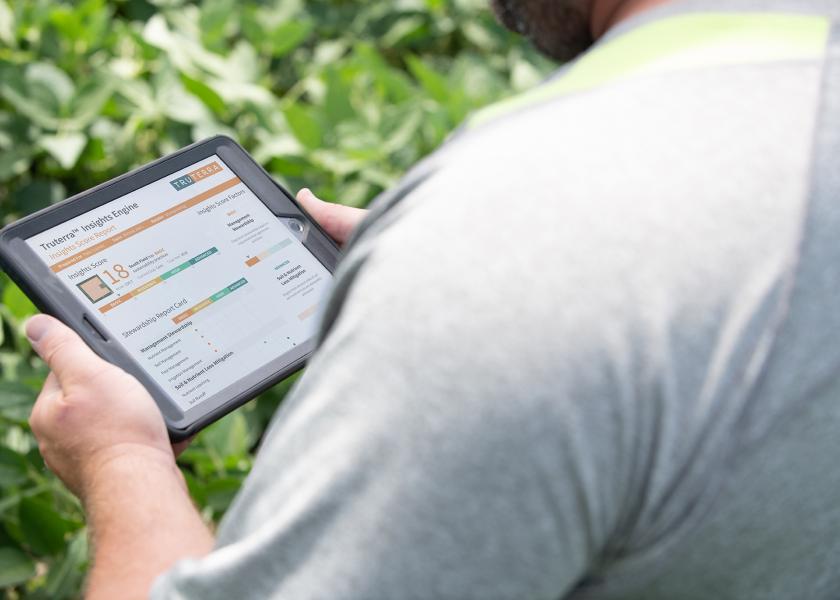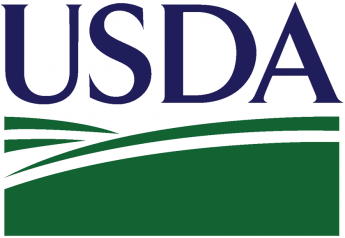Truterra Carbon’s First Year: $4 Million to Farmers for 200,000 Metric Tons of Carbon In 2021

With its inaugural year complete, Truterra Carbon announces in 2021 the program sequestered 200,000 metric tons of carbon and generated $4 million in payments to farmers (average payment per participant was $20,000, the highest more than $100,000).
“Our retailers didn’t skip a beat to bring this offer to their farmer customers,” says Jason Weller, president of Truterra. “To go from concept to final execution to verified credits in nine months is amazing.”
There were three lesson from the first year, according to Weller:
1. Retailers need a return
2. Farmers need support
3. Data lift is significant
He adds year one of the Truterra Carbon program marks one of the largest soil organic carbon transactions in the U.S., and he celebrates the program as the most farmer-favorable contract on the market to generate high quality, verified carbon assets. There are 42 Winfield United affiliated retailers part of the Truterra network.
“We were born and bred by a farmer cooperative system and created by the board of Land O’Lakes,” Weller says. “The genesis of Truterra has been a cooperative approach to sustainability, which continued this past February with the launch of Truterra Carbon.”
Marking the milestone, and setting up a future pool of farmers to enroll
For 2022, Truterra is taking two paths to encourage “climate-smart practices” and carbon storage.
- A look back for recent adopters of carbon-sequestering practices
- Support to engage farmers with implementing new practices
In addition to providing an immediate option and building a repository of farmers engaged early in this space, this new approach is also bringing stronger integration across Truterra and its Winfield United colleagues.
“We aren’t over complicating this, but we are taking a systems approach to what the soil needs, selecting seed, managing the crop through the season and then building year over year results,” Weller says.
The 2022 carbon program will allow farmers to be eligible for one-time, upfront payments of $20/ton of carbon. As a “look back” program, qualifications for the program include recent practice changes such as reduced tillage or use of cover crops.
The newly launched prong of the program has a goal to on-ramp potential farmers for future carbon program participation. For first-time adopters of new practices, they can receive one-time payments of up to $2/acre for enrolling in the carbon market access program. Truterra will provide support services such as agronomic assistance, data management and conservation program finance access, and farmers will maintain ownership and options of their carbon rights.
“From the Winfield United side, we look at our go-to-market approach, and the Truterra Insights Engine will be part of so much of what we do. I’m looking forward to exploring markets such as carbon,” says Jim Hedges, Vice President of Seed Marketing. “We are launching a new soil health initiative. It all starts with soil and good soil health. If you don’t have the code to the bank vault, you can’t get the good stuff that’s in there.”
Hedges says the company is looking to do several million acres of soil health assessments this spring, which will add to the data Winfield United is using in its efforts to optimize yield and market opportunities.
“What was missing in the past is we had great things—but they sat in singularity. That’s what we are doing with Truterra, it’s an end-to-end approach that connects all of the data and all of the needs,” Hedges says.
Hedges sees the program as a way for retailers to bring new services to growers and both move into new markets available today and ones to come in the future.
“This is transformational. We need to help growers not think about costs but profitability and leverage the strength of our system to be good environmental stewards,” Hedge says. “This is taking a strong agronomic approach and solving for yield, and also solving for return on investment.”
The two leaders are bullish on the future of this space. They share in 2021, their first-year program had nearly twice as many farmers engage with their online signup form than they could accommodate in participation.
“We are looking to 4x or 5x our program in tonnage and participation,” Weller says about the coming year. And he sees the marketplace for soil organic carbon to reach $3 to $6 billion by 2030.







